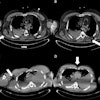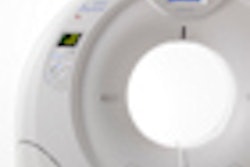Two nonprofit groups have published a manual on how to implement radiology services in underserved and developing economies.
Rotary International's District 6440 in Illinois and the Pan American Health Organization (PAHO) have published "Diagnostic Imaging in the Community -- A Manual for Clinics and Small Hospitals." The manual provides advice for healthcare professionals, organizations, or government agencies who may be trying to decide whether a hospital or clinic should offer radiology services.
The manual describes the types and benefits of diagnostic imaging and explains where equipment should be installed geographically, as well as what population size each piece of equipment can support.
The manual also explains where equipment should be installed in a healthcare facility, and what buildings, rooms, and staff are needed. Chapters explain how to choose the most suitable equipment and how to install x-ray and general-purpose ultrasound equipment. Radiation safety principles and guidelines are also explained.
World Health Imaging System for Radiology (WHIS-Rad) specifications are recommended for equipment and installation. This international standard was developed by the World Health Organization (WHO) specifically for x-ray equipment to be used by individuals who might not be trained radiographers or technicians in locations where power may fluctuate and be temporarily unavailable.
Dr. Philip E.S. Palmer, a WHO advisor for diagnostic imaging for more than 25 years, and Gerald Hanson, PhD, a retired medical physicist who was chief of radiation medicine at WHO, co-authored the manual.
The content in the manual is being beta-tested in Guatemala before being officially published by the PAHO in English and Spanish language versions. It can be accessed and downloaded at www.DICSH.info or www.PAHO.org.



















